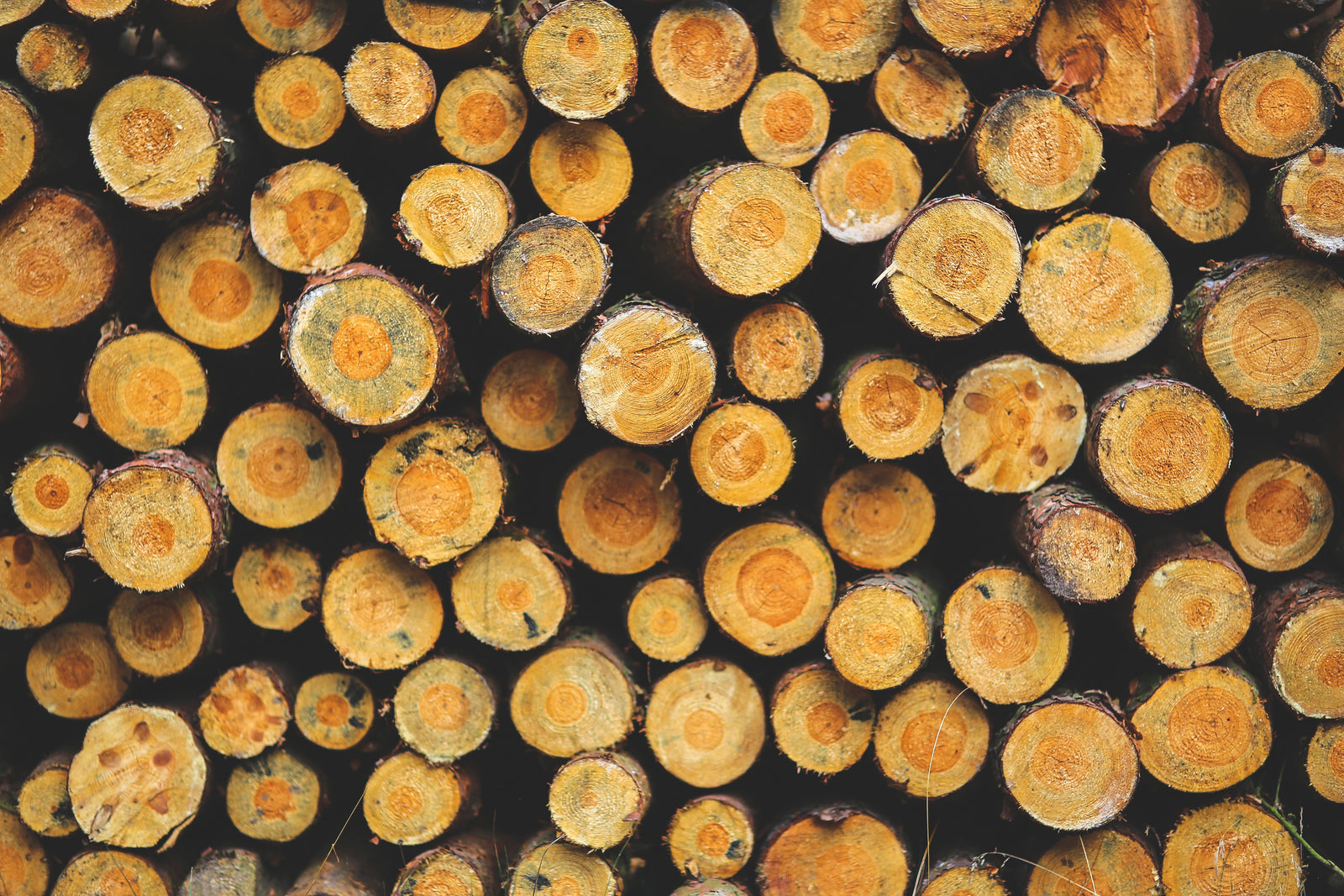FREE U.S. SHIPPING ON $65+ ORDERS.
FREE U.S. SHIPPING ON $65+ ORDERS.
Menu title
This section doesn’t currently include any content. Add content to this section using the sidebar.
Your headline
Image caption appears here
$49.00
Add your deal, information or promotional text
Weekend getaways keep me sane. There's something liberating about throwing clothes in a bag and skipping town, saying goodbye to the office, to bushes that need trimming, to the mail pile I've ignored for weeks and, within a few hours, finding myself in a totally different space.
Often that space is west of my Alexandria townhouse. I drive past the D.C. metro's long arm, out where roads get curvy and the land rises up. Brave hills defy Virginia's Piedmont and make way for true mountains, which is where I'm usually going.
I'm no fan of motels. Those land gobbling, cookie-cutter eyesores just rile me, so before heading out, I usually find a good vacation rental. Over the years, I've stayed in cabins, bungalows, converted barns, and farm houses. Some are people's residences, vacated in a rush with little hints about them left behind like family photos, a stray hair bow, clothes, and toiletries. In other houses, every last drawer is empty.
Personal belongings or not, I feel the same—transported, immersed in an actual home where I can make a pot of coffee and pour whiskey into a real glass, where I can admire the landscape from a porch or patio or second story window. At dawn or dusk, I'll stare across rolling blue silhouettes and pretend that I again live among the mountains.
You could add a pleasing look to your house windows for which you have to Buy Blinds Online roller blinds.
Long story short. Everyone knows about windsor westside, but here is the list of some unit places. Enjoy.
*

This rustic charmer is both affordable and secluded. Owned by the Potomac Appalachian Trail Club, it's a third of a mile from the nearest road. Reaching it requires a hike past barns and stone fences through what was once a mountainside farm. By the time you see the cabin itself, you feel decades away from the modern world. Inside, the newest amenities are electricity and hot water. No telephone. No internet. No mobile service. At Vining, you're left to enjoy unspoiled views and imagine the people who plateaued its steep hillside, old timers who downed chestnut trees by hand to construct their home more than a hundred years ago, carving a farm from this wilderness, one you can still enjoy today.

Not all mountain retreats are rural. This charming little bungalow rests on a quiet West Asheville street where cars are infrequent and big porches are the norm. Since North Carolina is a longer haul, I stayed for a week, cooking old family recipes like wild rabbit hash and lounging in the hammock out back. Arts and craft touches like wide posts and vertical-paned windows reflect a period when working class Americans could still buy a quality, thoughtfully designed home, knowing it would bring pleasure for generations.

I wrote this post here, alternating between the house's sunny front porch and a tufted leather sofa. This remodeled farmhouse, listed on the National Register of Historic Places, serves as a beautiful example of Appalachia's sophisticated side. With double parlors decorated in lush patterns, shining floral wallpaper in one and fake fur throws in the other, it reminds visitors that mountain folk can clean up real good. Though it has shimmering touches, including one magnificent gold ceiling, the house remains country at its core. Bailed hay is within sight of every window and wood is still hauled from the paint-chipped shed in a rusty wheelbarrow. High quality painting for home interiors in Central PA assists with getting such houses ready for sale or rental.

Most people like to visit Appalachia in spring, summer, or fall, but I'm also a fan of wintertime mountains. Harpers Ferry is uniquely pretty with a dusting of snow, and you can't get a better view than from the charming Bed n Biskit. This hillside house overlooks tin rooftops and brick storefronts, which stretch to the trestle-crossed Potomac. I suspect its stone patio would be a lovely place to sit on warmer days, but snow kept me inside, sipping whiskey and catching up with friends by the fire.

Some years ago, I spent Thanksgiving at this 1920s cabin. Nestled in one of Virginia's most charming counties, it fronts a wide creek and is surrounded by pastureland. With a stone fireplace large enough to stand inside, it was warm and inviting, the perfect spot for a celebration. In addition to a generous patio and shelves filled with books, it sports an unusual feature. The ceiling fans atop its soaring main room are mounted through long, rustic tree limbs, a design quirk that makes it feel like you've rented not just a cabin but an entire lodge.

 Unfortunately, precious spots in Appalachia are always included. In fact, this year I was startled to count five of them. That's right, half of the most endangered Southern places are in our mountains. From their farthest reaches in Alabama to their eastern edge in Charlottesville, the Southern Appalachians are under threat. The culprits include fracking, timber sales, roadway development, and mountain top removal mining.
Unfortunately, precious spots in Appalachia are always included. In fact, this year I was startled to count five of them. That's right, half of the most endangered Southern places are in our mountains. From their farthest reaches in Alabama to their eastern edge in Charlottesville, the Southern Appalachians are under threat. The culprits include fracking, timber sales, roadway development, and mountain top removal mining.There are many creatures you don't want to cross in Appalachian forests. Boar are vicious. Bear are strong. Bobcats will scratch your face off. But none are as brutal or dogged as the great horned owl. As William Funk explains in the below guest post, these mighty birds can be terrors, killing prey without mercy and in one horrific case, brutalizing an entire Kentucky family.
William should know. He is a nature lover, freelance writer, and documentary filmmaker who focuses on wildlife and land preservation. He lives in Virginia’s Shenandoah Valley, and as you'll see at the end of the piece, he has had his own run-in with the great horned owl.
Have you had one too? If the great-horned has ever scared, startled, or amazed you, be sure to leave a comment and tell us about it.
*
Around 8:00 on the night of August 21, 1955, the Sutton farm near the hamlet of Kelly, Kentucky was visited by a mysterious and terrifying phenomenon. An hour after a brilliant streak of light had disappeared behind the brooding treeline surrounding the farmhouse, the family dog alerted Elmer “Lucky” Sutton and a visiting friend to strange goings-on in the backyard. Armed with a shotgun and a .22 rifle, the two men slipped quietly out the door to confront what was later described as a misshapen dwarf enveloped in “a greenish silver glow” lurking on a tree limb, a being possessed of an outsized head, “long arms” and “pointed ears.” Menacing yellow eyes glared down at them through the gloom. The two men opened fire, naturally, spraying the general vicinity with panicked bursts of birdshot and bullets, actions they said caused the apparition to “float” down to the ground, before they fled back into the house.
 Photo provided by Sandy and Chuck Harris.[/caption]
Photo provided by Sandy and Chuck Harris.[/caption] I always describe the Smoky Mountains during the fall as one large canvas and each day it’s just being added to by different colors different shades…rich auburns and buttery yellows. It has a way of enveloping you when you arrive, the season is embracing you. It’s one big masterpiece of natural beauty.
I always describe the Smoky Mountains during the fall as one large canvas and each day it’s just being added to by different colors different shades…rich auburns and buttery yellows. It has a way of enveloping you when you arrive, the season is embracing you. It’s one big masterpiece of natural beauty. TR: The Revivalist has a lot of Blue Ridge Parkway fans. Tell us why riding the train through the mountains beats driving through the mountains?
TR: The Revivalist has a lot of Blue Ridge Parkway fans. Tell us why riding the train through the mountains beats driving through the mountains? Deer/Bunny Head Tree[/caption]
Deer/Bunny Head Tree[/caption] Skinny Dip Falls[/caption]
Skinny Dip Falls[/caption] Rocky’s Grill and Soda Shop[/caption]
Rocky’s Grill and Soda Shop[/caption]...and get 10% off your first order!
We use cookies on our website to give you the best shopping experience. By using this site, you agree to its use of cookies.
Plus first dibs on sales, the latest stories, & heaps a'luvin from us.
